What You Should Know About Triggerfish Behavior
Triggerfish are among the ocean’s most fascinating and complex creatures, renowned for their vibrant colors, distinctive shapes, and remarkably intelligent behaviors. These reef-dwelling fish have earned a reputation among divers and marine enthusiasts for their territorial nature and unique defensive mechanisms. While their beauty makes them popular in aquariums, their behaviors in the wild reveal sophisticated survival strategies that have been developed over millions of years of evolution.
Understanding triggerfish behavior not only enhances our appreciation of these remarkable creatures but also helps us interact with them safely and responsibly in their natural habitat. This article explores the fascinating world of triggerfish behavior, from their territorial defenses to their feeding strategies and social structures.
The Triggerfish Family: An Overview
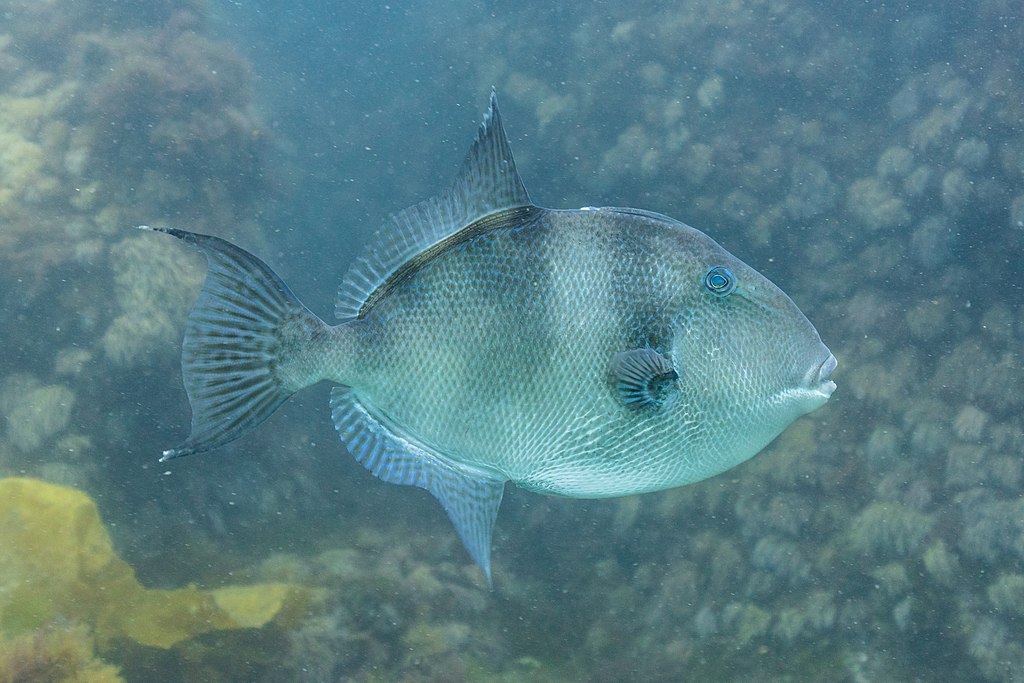
Triggerfish belong to the family Balistidae, which includes about 40 species distributed across tropical and subtropical waters worldwide. Named for their dorsal fin’s unique locking mechanism that can be “triggered” into place, these fish have evolved distinctive body shapes and behaviors.
Most species feature oval-shaped, laterally compressed bodies with powerful jaws and teeth designed for crushing hard-shelled prey. Their eyes, positioned high on their heads, can move independently, giving them exceptional visual awareness of their surroundings. This physical design supports their complex behavioral patterns, allowing them to simultaneously monitor potential threats from above while searching for food below.
Territorial Defense Mechanisms

Triggerfish are renowned for their exceptional territorial behavior, particularly during breeding seasons when they establish and fiercely defend nesting sites. Their territories typically span circular areas extending from the ocean floor to the water’s surface, creating a cone-shaped zone they’ll protect at all costs. This three-dimensional territory defense is unusual among reef fish and makes triggerfish particularly noteworthy to researchers.
When threatened, they employ a graduated response system: first displaying warning signals, then charging if the intruder persists, and finally attacking if necessary. Their territorial aggression isn’t random but rather a sophisticated strategy to protect their vulnerable eggs and young from predators.
Nest Protection Strategies

During breeding periods, triggerfish display some of their most complex and fascinating behaviors centered around nest protection. Females typically prepare nests by clearing patches of sand on the reef floor, where they lay thousands of eggs that adhere to the substrate. Both parents participate in protecting these nesting sites, with females generally staying closer to the eggs while males patrol the broader territory perimeter.
Their dedication to nest protection is remarkable, with some species maintaining constant vigilance for 7-10 days until the eggs hatch. This parental investment represents a significant evolutionary adaptation, as many other reef fish species provide little or no parental care after spawning.
Interactions with Divers and Swimmers
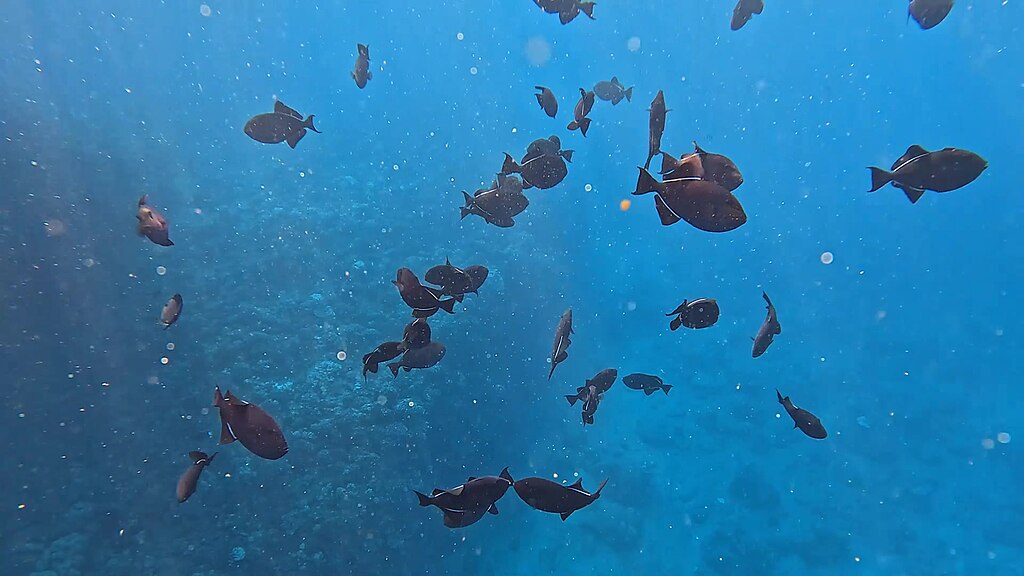
Triggerfish encounters with humans have given these fish a somewhat infamous reputation among divers and snorkelers.
During breeding seasons, particularly with species like the titan triggerfish, territorial defense can extend to charging or even biting humans who unknowingly enter their nesting zones. Rather than being randomly aggressive, these behaviors reflect the fish’s natural protective instincts when they perceive threats to their vulnerable offspring.
Experienced divers recommend swimming horizontally away from an agitated triggerfish rather than vertically, as their territory extends upward in a cone shape. Understanding these territorial boundaries allows for safer human-triggerfish interactions and demonstrates how their seemingly aggressive behavior serves a critical evolutionary purpose.
Feeding Techniques and Intelligence

Triggerfish demonstrate remarkable intelligence and problem-solving abilities in their feeding strategies. With powerful jaws and specialized teeth, they expertly manipulate and crush hard-shelled prey like sea urchins, crustaceans, and mollusks that other fish cannot access. Many species use sophisticated jet-streaming techniques, where they blow jets of water to flip over sand dollars or uncover buried creatures.
Some triggerfish have even been observed using tools – a behavior once thought unique to mammals and birds – by picking up and using rocks to crush shellfish against hard substrates. These complex feeding behaviors indicate cognitive abilities far beyond what was traditionally attributed to fish, placing triggerfish among the most intelligent reef dwellers.
Social Structures and Hierarchies
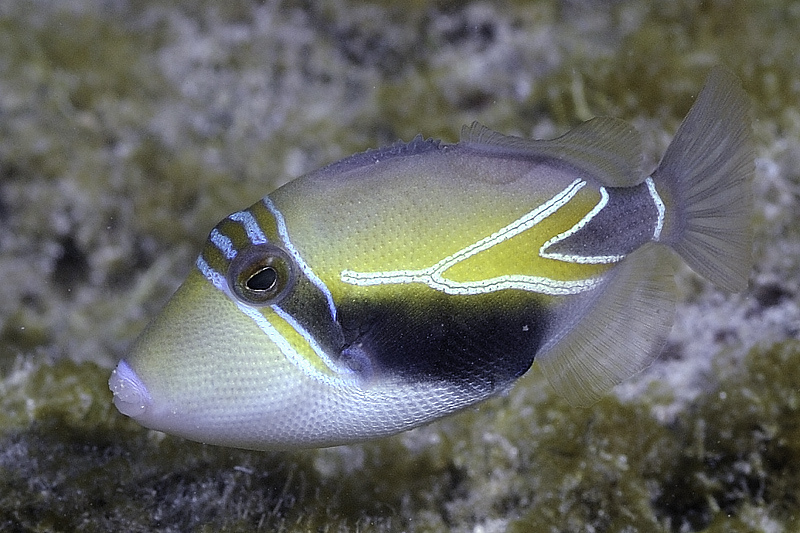
Despite their reputation for aggression, many triggerfish species maintain complex social structures with sophisticated hierarchical arrangements. Some species form harems where a dominant male controls a territory containing several females, while others establish bonded pairs that remain together for multiple breeding seasons.
Within these social groups, triggerfish communicate through a variety of visual signals, including color changes, fin displays, and body posturing. These communications help establish and maintain dominance relationships while minimizing actual physical confrontations. The complexity of these social arrangements highlights the evolutionary sophistication of triggerfish behavior beyond simple aggression or territoriality.
Shelter Construction and Sleeping Habits
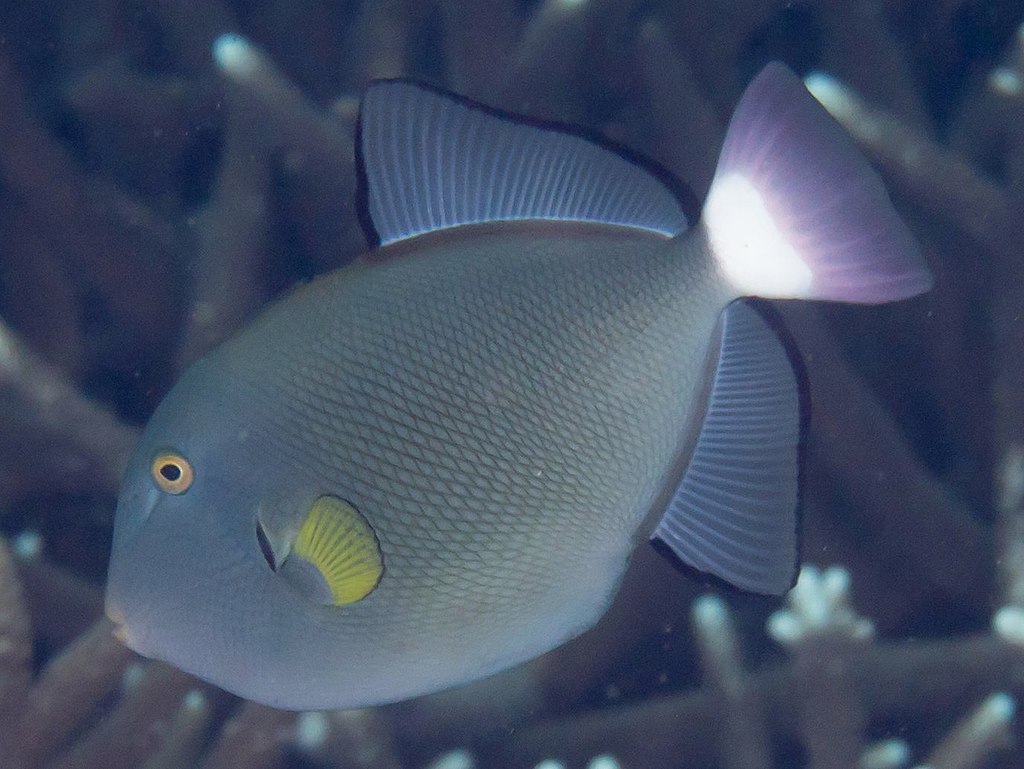
Triggerfish display fascinating behaviors related to rest and shelter that further demonstrate their intelligence. Many species actively create sleeping dens by clearing debris from crevices in the reef or digging pits in sandy areas where they can rest securely. When sleeping, triggerfish often wedge themselves into these prepared spaces, using their locked dorsal spine to prevent predators from pulling them out.
Some species have been observed covering themselves with sand while sleeping, effectively camouflaging themselves from nocturnal predators. These behaviors show remarkable foresight and planning, as the fish prepare secure resting places before they’re actually needed, suggesting an awareness of future vulnerability during rest periods.
Communication and Color Changes
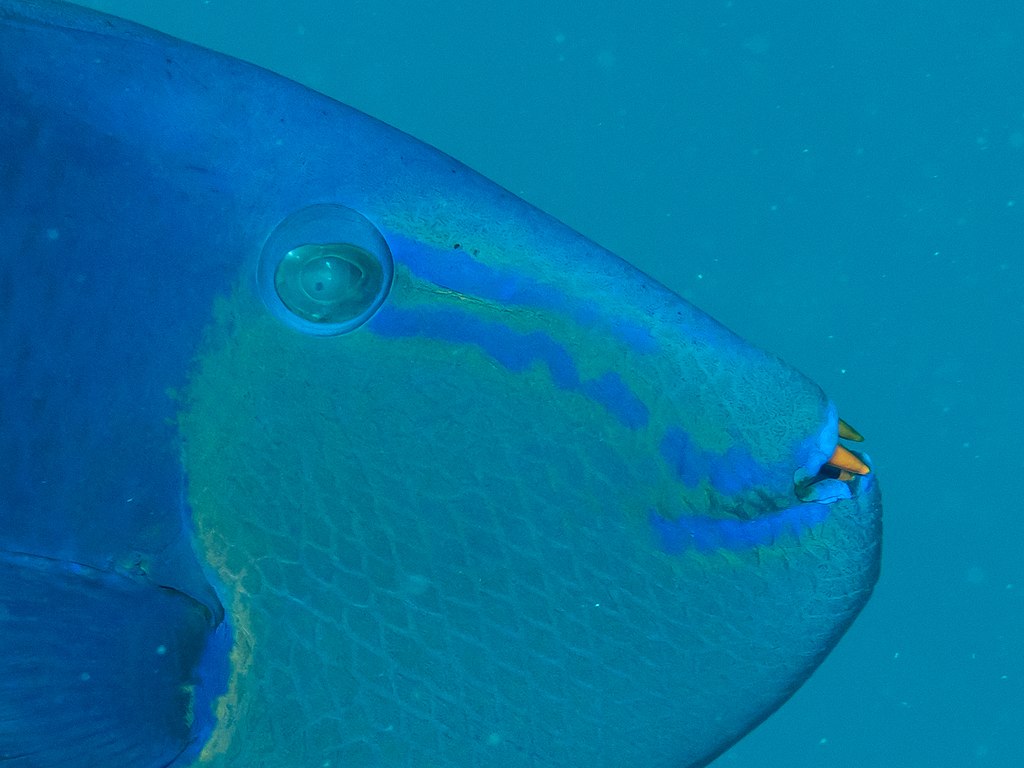
Triggerfish possess sophisticated communication systems that rely heavily on rapid color changes and body language. Many species can almost instantaneously alter their coloration patterns in response to different situations, displaying specific patterns when threatened, during courtship, or to establish dominance. These color changes are controlled by specialized cells called chromatophores that can expand or contract pigment-containing organelles on command.
Beyond color, triggerfish communicate through fin positioning, body orientation, and swimming patterns that convey specific messages to conspecifics. This complex visual language allows for nuanced social interactions and demonstrates the sophisticated neural control these fish have over their appearance and movements.
Seasonal Behavior Variations

Triggerfish behavior undergoes significant seasonal variations tied to breeding cycles and environmental changes. During non-breeding periods, many species show relatively peaceful behavior, sometimes even forming loose aggregations while feeding. As breeding season approaches, hormonal changes trigger territorial behaviors, with males establishing and defending prime nesting sites to attract females. These seasonal shifts can be dramatic, with fish that were relatively docile suddenly becoming highly territorial and aggressive.
Some species also display seasonal migration patterns, moving between deeper waters and shallow reefs based on temperature changes and reproductive timing. These cyclical behavioral patterns show how triggerfish adapt their strategies to optimize survival and reproductive success throughout the year.
Adaptations to Environmental Threats
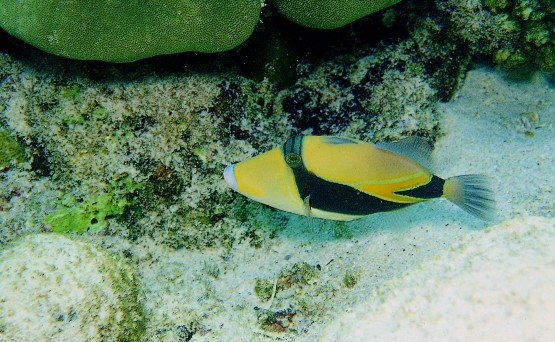
Triggerfish have evolved remarkable behavioral adaptations to deal with predators and environmental challenges. When threatened, many species can rapidly retreat into reef crevices and lock their erected dorsal spine in place, making extraction nearly impossible for predators. Some species produce audible “grunting” sounds by grinding their teeth or vibrating their swim bladders when threatened, potentially serving as warning signals to predators or alerts to other triggerfish.
Additionally, certain triggerfish can rapidly expel streams of water from their mouths to disorient attackers or clear debris during feeding. These multifaceted defensive strategies demonstrate the evolutionary sophistication of triggerfish behavior in response to the complex threats present in coral reef ecosystems.
Species-Specific Behavioral Differences
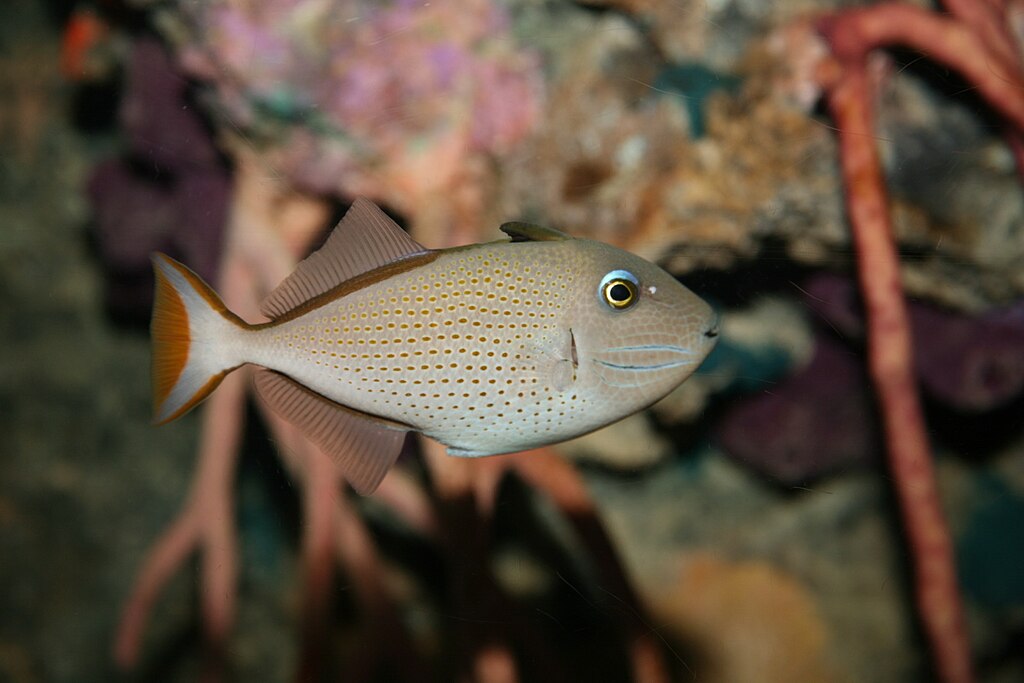
While triggerfish share many behavioral characteristics, significant variations exist among the approximately 40 species.
The titan triggerfish (Balistoides viridescens), the largest species, is known for its particularly aggressive territorial defense, while the clown triggerfish (Balistoides conspicillum) tends to be more reclusive and less confrontational.
The picasso triggerfish (Rhinecanthus aculeatus) demonstrates exceptional intelligence in problem-solving during feeding, using complex strategies to access difficult prey.
The crosshatch triggerfish (Xanthichthys mento) forms schools in the water column – unusual behavior for typically solitary or pair-bonded triggerfish species.
These species-specific differences highlight how triggerfish have evolved specialized behavioral adaptations to occupy different ecological niches even within the same reef environments.
Triggerfish in Captivity
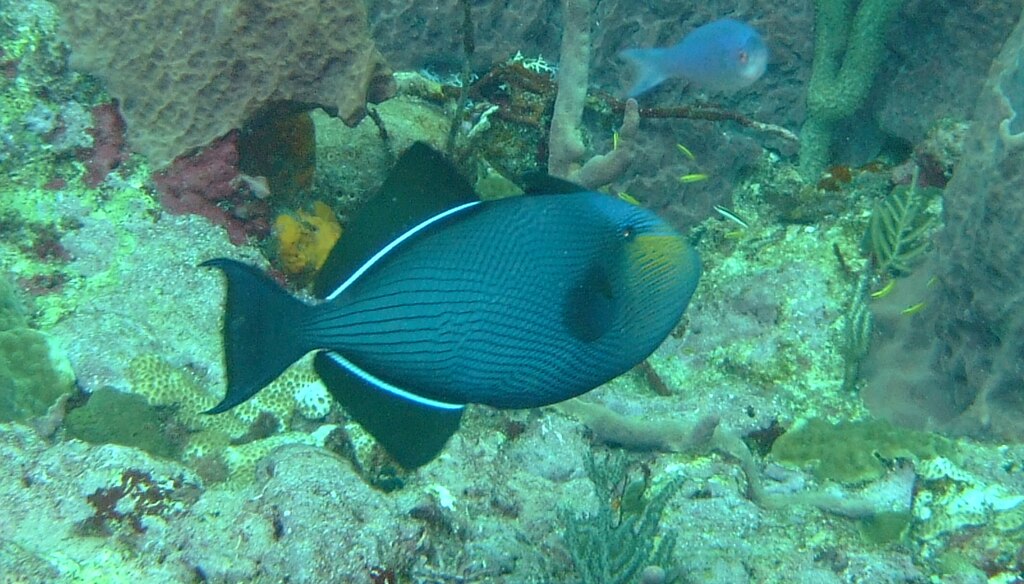
Triggerfish behavior undergoes notable changes when these animals are kept in aquarium environments. While many species adapt well to captivity, their territorial nature requires careful consideration of tank size and tank mates.
In captive settings, triggerfish often develop relationships with their human caretakers, recognizing individuals who feed them and sometimes even allowing themselves to be touched – behaviors rarely observed in wild specimens. However, some of their natural behaviors, particularly elaborate nest building and extended territorial defense, may be modified or absent in captivity due to space limitations.
Successful triggerfish keeping requires understanding these behavioral adaptations and providing environments that allow for the expression of their natural behaviors while minimizing stress and aggression.
Conservation Implications of Triggerfish Behavior
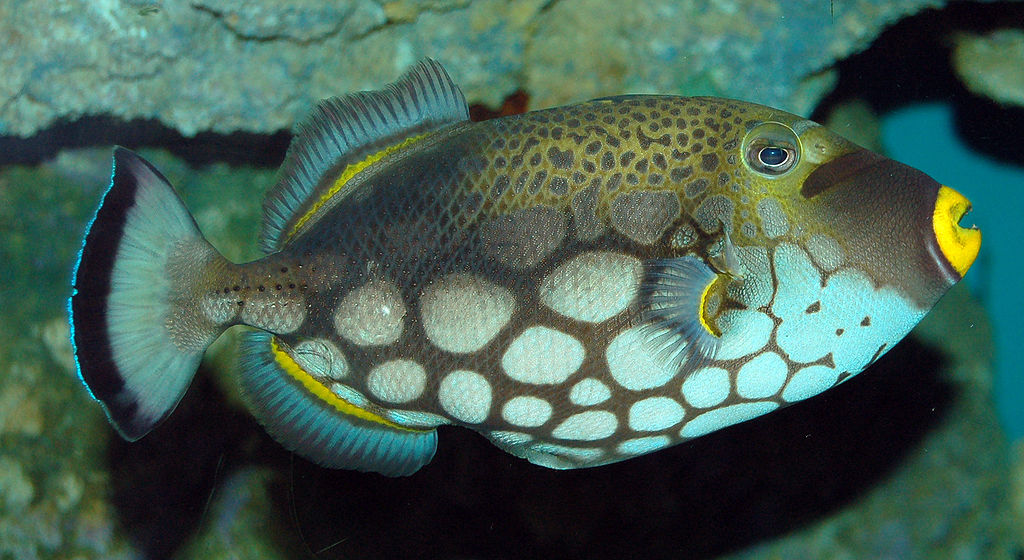
Understanding triggerfish behavior has important implications for marine conservation efforts.
As mid-level predators, triggerfish play a crucial role in maintaining reef ecosystem balance by controlling populations of sea urchins and other invertebrates. Their territorial behaviors create protected spaces on reefs where certain coral species can thrive without being overgrown by faster-growing competitors. Some triggerfish species show particular sensitivity to habitat disruption, with their complex territorial and breeding behaviors requiring intact reef structures.
Conservation scientists increasingly use triggerfish behavioral changes as indicators of reef health, with alterations in territorial defense, feeding patterns, or reproductive behaviors potentially signaling environmental stress before physical changes in the reef become apparent. This behavioral monitoring offers valuable early warning systems for reef management and protection efforts.
Conclusion

Triggerfish represent some of the most behaviorally complex fish in coral reef ecosystems. Their sophisticated territorial defenses, intelligent feeding strategies, and complex social structures challenge traditional views of fish cognition and behavior. From their cone-shaped territories to their tool use and problem-solving abilities, triggerfish demonstrate remarkable evolutionary adaptations that have allowed them to thrive in competitive reef environments.
While their territorial aggression during breeding seasons has given them a somewhat fearsome reputation among divers, understanding the purpose behind these behaviors reveals their fundamental importance to triggerfish survival.
As we continue to study these fascinating creatures, we gain not only greater appreciation for their behavioral complexity but also valuable insights into the delicate balance of coral reef ecosystems and how best to protect these critical marine environments for future generations.














Post Comment